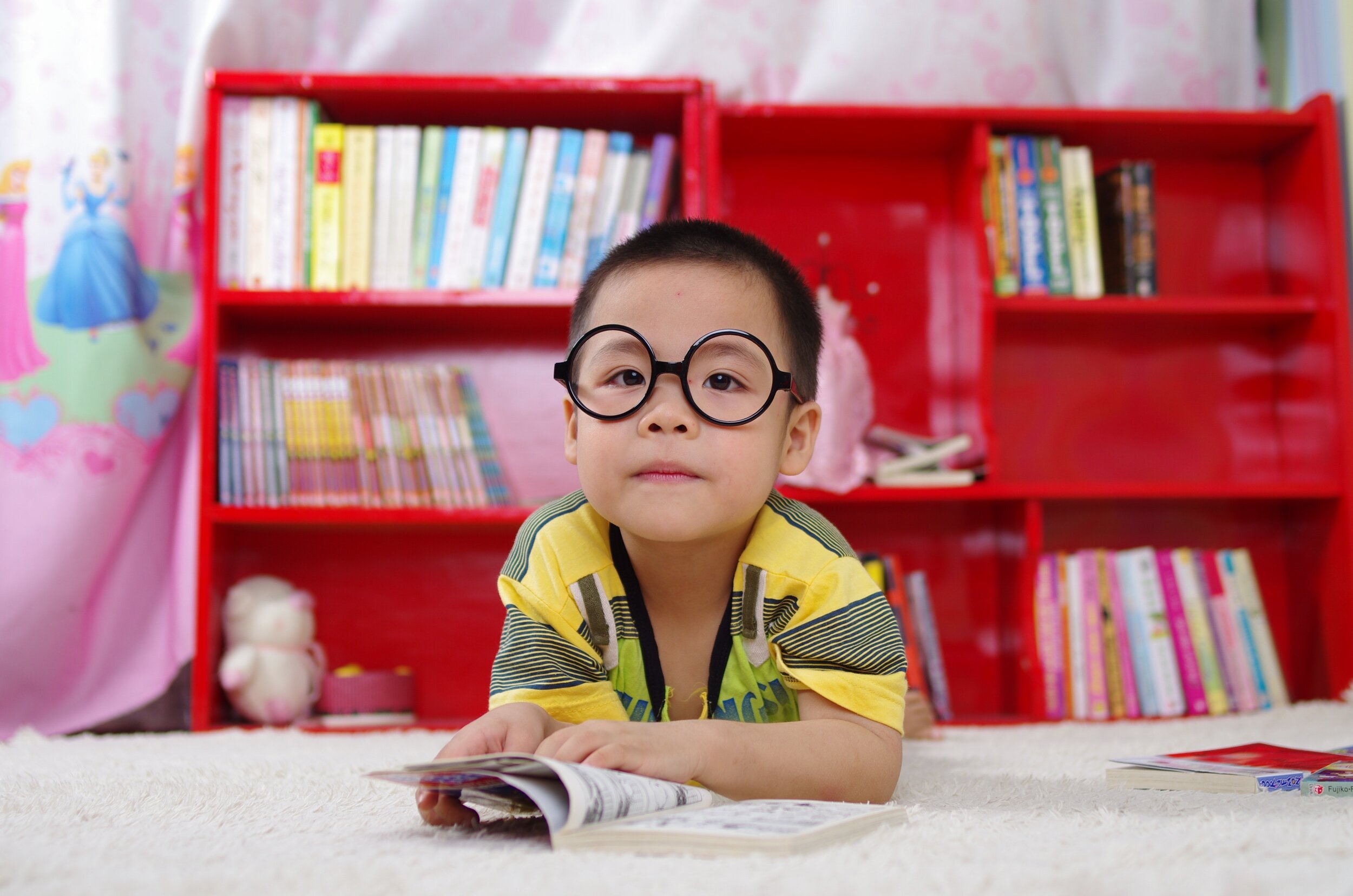What the heck is ABA? Part 3: What is taught?
So far, we’ve covered the philosophy of ABA therapy, and how these philosophies are used to teach. Today we will cover what ABA therapy actually teaches. ABA therapy teaches skills that generally fall into two categories: skill acquisition and reduction of challenging behavior.
Skill Acquisition.
So what skills does ABA therapy teach? The overly vague answer is the ABA can teach anything; it’s a type of therapy that can be applied to a variety of things, from communication skills to academic skills to skills that people use in their daily lives, like getting dressed. An ABA therapist will complete an initial evaluation to identify skills that your child has and has not yet learned based on their age and/or developmental level. Various ABA agencies might use different developmental or curriculum-based assessments, but they generally assess children across several domains; language and communication, cognitive or academic skills, daily living skills, social/emotional skills, and motor skills. Based on this assessment, they will develop a list of skills that they think would be appropriate for your child to learn.
However, sometimes the goals identified by these assessments don’t quite align with your goals for your child. The ABA therapist should include you in the assessment process to help choose goals that are functional and meaningful for you and your child. For example, a developmental assessment may have an item that says “The child can pedal a tricycle.” If you don’t own a tricycle and don’t think this is an important activity for your child, that’s fine! This should not be a goal that your ABA therapist addresses. Skills should be chosen based not only on your child’s specific development and but also based off of your family’s priorities.
The number of skills addressed differs quite a bit based off of how frequently your child received ABA, the length of your sessions, and the age of your child, but is generally between 5 and 25 different skills. These might include things like “identifies colors,” “responds to his name,” “follows simple instructions,” “asks for help,” “uses single words,” “tolerates teeth brushing,” “traces letters,” etc.
Reduction of challenging behavior.
The other domain of ABA focuses on reducing behaviors that are prohibiting a child from engaging in their environment. This might be things like throwing tantrums, running away, or hurting themselves or others. An ABA therapist will conduct an evaluation to figure out why your child is engaging in this behavior (you may have heard of a Functional Behavior Assessment, or FBA). They will then make a plan that will include strategies to reduce the problematic behavior AND to teach your child a new skill that will replace the function of this behavior. For example, in our first blog on this topic we introduced a boy who cried to indicate that he was hungry for a snack. An ABA therapist would make a plan to teach your child to use sign language or picture cards to ask for a snack instead of crying. The important thing is that an ABA therapist should never only focus on stopping a specific behavior, they need to also be focusing on teaching a new skill to replace the challenging behavior.
In both categories, the ABA therapist uses the results of an assessment or evaluation to identify new skills or replacement skills that meet the needs of your child specifically. This is why ABA can look so different from one child to the next: it is not one-size-fits-all. Instead, it is individualized for the learner.




